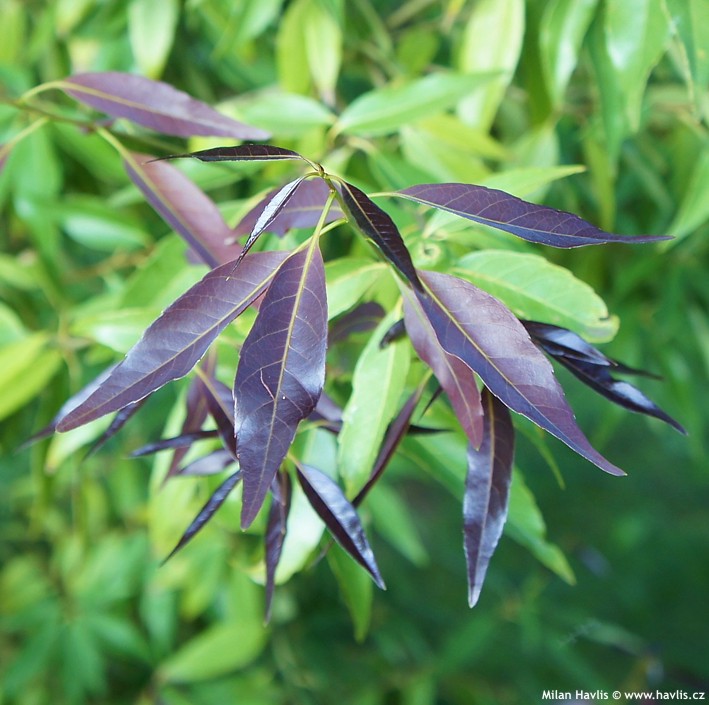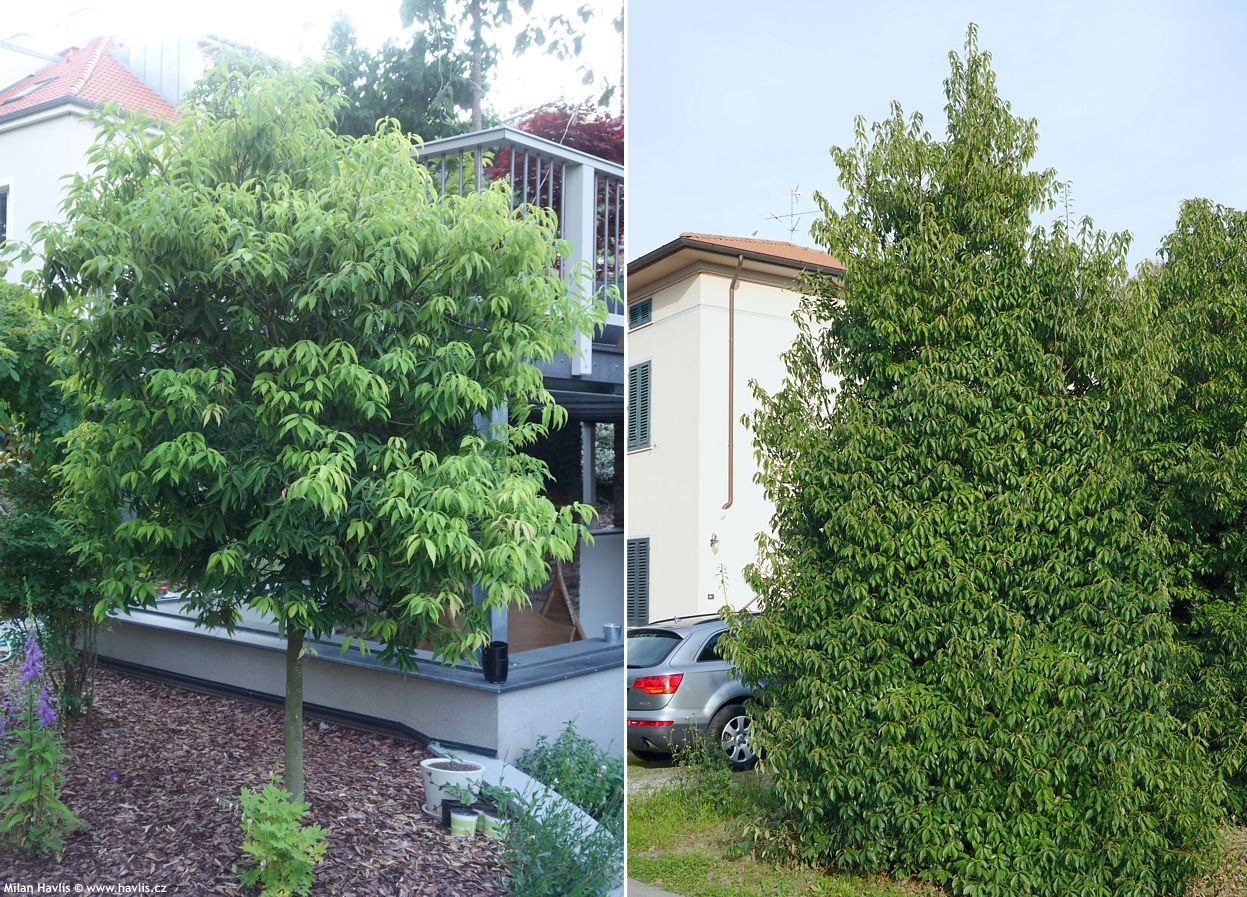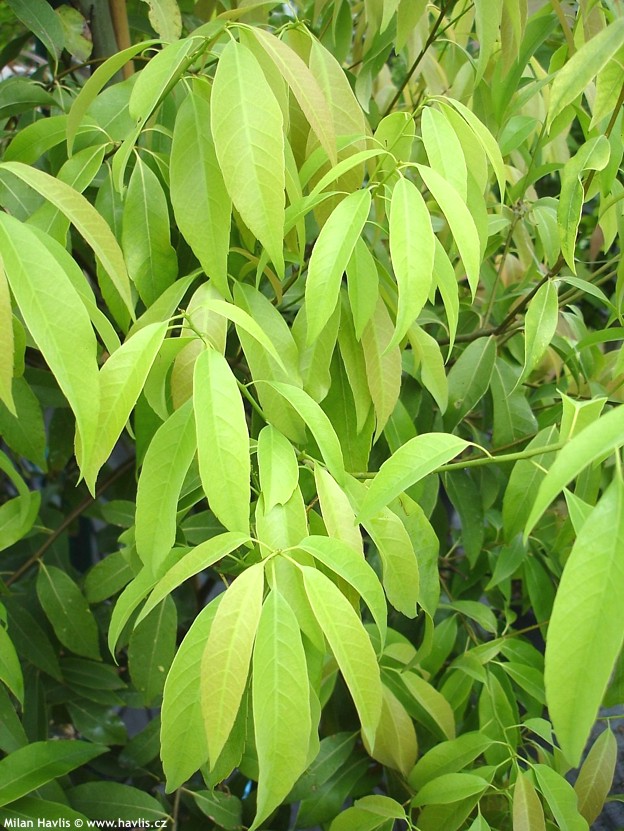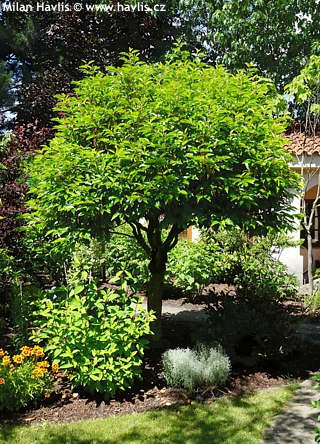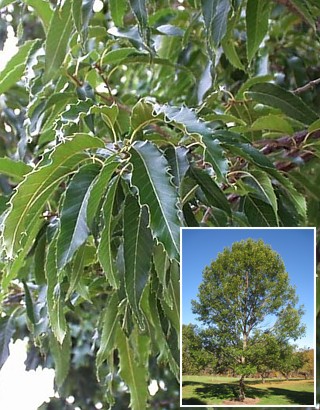Quercus myrsinifolia bamboo-leaf oak, Chinese evergreen oak


Quercus
Oaks are common trees of our natural woodlands. They border our ponds, occur naturally in our mixed forests, and make magnificent specimen trees in our parks and arboretums where less common species or rare varieties can be seen.This tree is currently grown in warmer parts of the USA, southern Asia, and milder parts of Europe where it is considered a rare plant. Landscape designers use it when they want to bring an extraordinary evergreen feature. It looks great in a mixed border with compact Japanese azaleas or low growing conifers. Grown as a specimen plant it looks terrific in front of modern houses where mostly glass and concrete is used.
Bamboo-leaf oak is not fussy about soil pH but for best results as far as foliage colour we would suggest growing it in slightly acidic soil. As with every evergreen plant the soil has to be well-drained and rich in humus. It will wither and may die in heavy clay, water-logged soils especially if the winter is harsh. Pruning is possible in spring after the frosts. It responds great to pruning by developing an even bushier canopy with lustrous foliage. It does well in USDA zone 7 where temperature does not often drop below -18°C but has proved living well in winters of zone 6. Before winter and during frost-free periods provide extra watering.
Last update 20-06-2010, 19-02-2012
Goods are shipped all over Europe. For Russia and U.K. and for further details please read about SHIPPING OPTIONS HERE.
Are you interested in a serious discount for orders NOV-FEB? Check your options here.
THE PRICES INCLUDE VAT of 15%. For quick conversion you can use 1 CZK = approx. 0.04 EUR
- STANDARD QUALITY - Plants of this group are 1st class quality with number of branches and overall density adequate to their size and age, considering they were container grown.
- DE LUXE QUALITY - This label guarantees a luxurious quality of manually selected plants that, compared to their height and age, are exceptionally dense and beautiful.
- EXTRA - These plants are usually mature and bigger specimens with exceptional overall appearance.
- STANDARD (as described in the plant form) means a tree with a trunk of 190-210 cm and a crown at the top, unless specified differently. The commercial size for trees is their girth measured in the height of 1m from ground.
- HOBBY - These plants are of the same quality as our standard-quality plants but younger and therefore cheaper.
- SHRUB - a woody plant with branches growing bushy from the ground level.
- HALF-STANDARD or MINI-STANDARD - a small tree with shorter trunk, its size is usually specified.
- FEATHERED - These are trees with branches growing already from the base of the trunk and up along the stem.
- GRASSES and PERENNIALS - Sizes given usually read the diameter of the pot or the clump, as specified.













